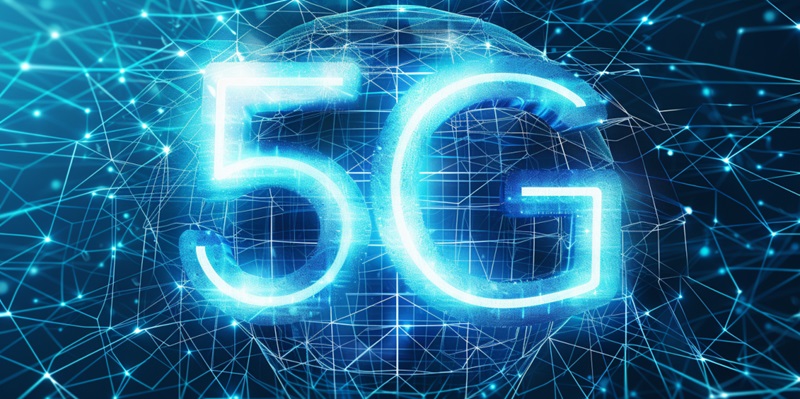In our current era, where mobile connectivity is paramount, recent studies from the University of California, San Diego shed new light on the future of 5G networks. The research suggests that implementing a system comprised of many small cell sites could provide a solution to two pressing issues: the rapid depletion of smartphone batteries and the environmental impact of cellular networks. By moving away from larger cell towers to a dense grid of small stations, there could be a significant reduction in the power required from individual smartphones, as they wouldn’t need to transmit signals over long distances. This new infrastructure could lead to more sustainable urban 5G networks, conserving energy and ultimately easing the burden on both our devices and the environment. This approach calls for a reevaluation of how we construct and interact with the burgeoning technology that defines our mobile world.
Enhanced Network Capacity and Coverage
Optimizing the 5G Landscape
To enhance the 5G experience, densely arranged, low-power cell stations are fundamental. This approach is aimed at not just providing extended battery life for mobile devices but also at delivering a consistently solid connection. High-density networks decrease the distance signals must cover, which leads to reduced energy use by mobile devices when connecting to the network. This can notably extend the time between charges for our smartphones and other mobile devices, an advancement of paramount importance in our current, mobile-dependent era. Having a network with more, but less power-intensive, cell stations can mean less strain on devices that are continuously searching for signals, thereby improving both performance and energy efficiency. This infrastructure move would be key to a sustainable and efficient rollout of 5G technology that meets the demands of a battery-conscious consumer base, avid for both uninterrupted connectivity and longer-lasting devices.
The Potential of Small Cells
Incorporating 15-meter-high small cell stations into urban settings is a strategic move that leverages 5G’s strengths, allowing for a high-density network that overcomes the connection issues experienced with 3G and 4G networks. This approach fosters a more expansive and reliable network infrastructure that can adeptly navigate the complexities of urban environments, where large buildings and active street scenes are the norm. In addition to enhancing network coverage, these small cells draw less power, exemplifying an eco-friendly advancement in city development. As these stations are integrated into the fabric of city landscapes, they offer a sustainable and technologically advanced solution that caters to the demanding communication needs of modern life, ensuring consistent connectivity amid the hustle and bustle of densely populated areas. This smart integration is key for future-proof urban planning, merging technology with sustainability goals.
Balancing User Needs and Environmental Sustainability
A Shift Towards Green Telecommunications
The deployment of a network featuring small, strategically placed cell stations signals advancement in eco-friendly telecommunications. By leveraging these compact nodes situated closer to users, the system consumes less power, leading to decreased electricity consumption and a smaller carbon footprint. Such technology harmonizes the ever-growing demand for constant and effortless access to telecom services with the imperative need to foster sustainable practices. This smart integration of infrastructure not only meets expectations for high-quality connectivity but also aligns with proactive measures to address climate change. The initiative embodies an efficient use of energy resources, echoing the global push toward technologies that are both high-performing and environmentally responsible. This synergy commands a pivotal role in the conscious shift toward telecommunications that conscientiously respect our planet’s ecological balance.
Harmonizing Technology with Urban Design
The current shift towards intelligent urbanization is championed by the integration of 5G networks as a pivotal element of smart city development. This fusion of technological progress with environmental mindfulness crafts a collaborative vision for future cities. The research delineates a network design that resonates with the evolving urban landscape, prioritizing ecological considerations in tandem with ensuring an enhanced user experience.
This progressive approach signifies a leap into a forward-thinking era of telecommunications—where user enablement and environmental responsibility are interwoven into the fabric of urban living. By envisaging a system that blends high-speed connectivity with ecological sensitivity, the strategy sets the stage for a sustainable, tech-driven urban future. The move toward this advanced infrastructure aims to create a harmonious balance, facilitating the dual aspirations of human convenience and environmental care.

